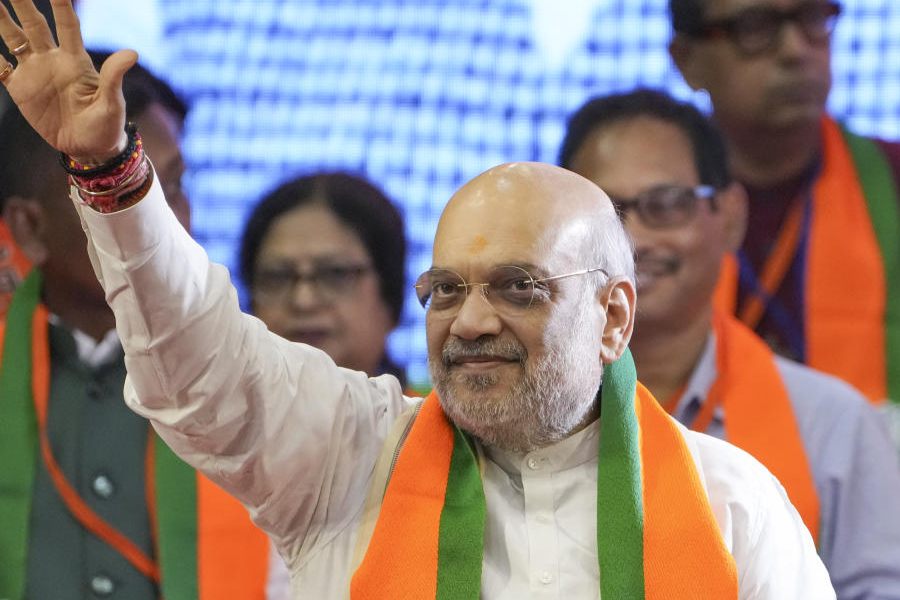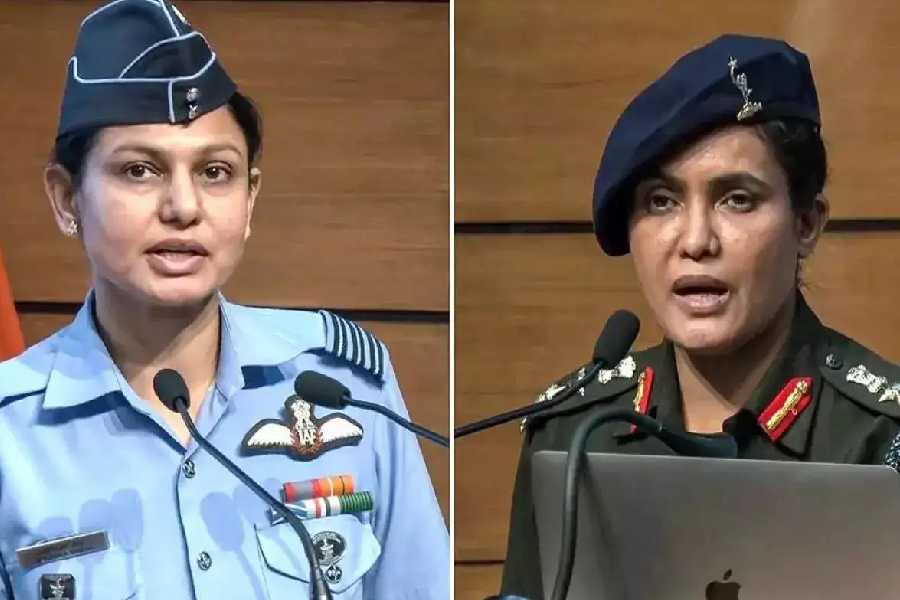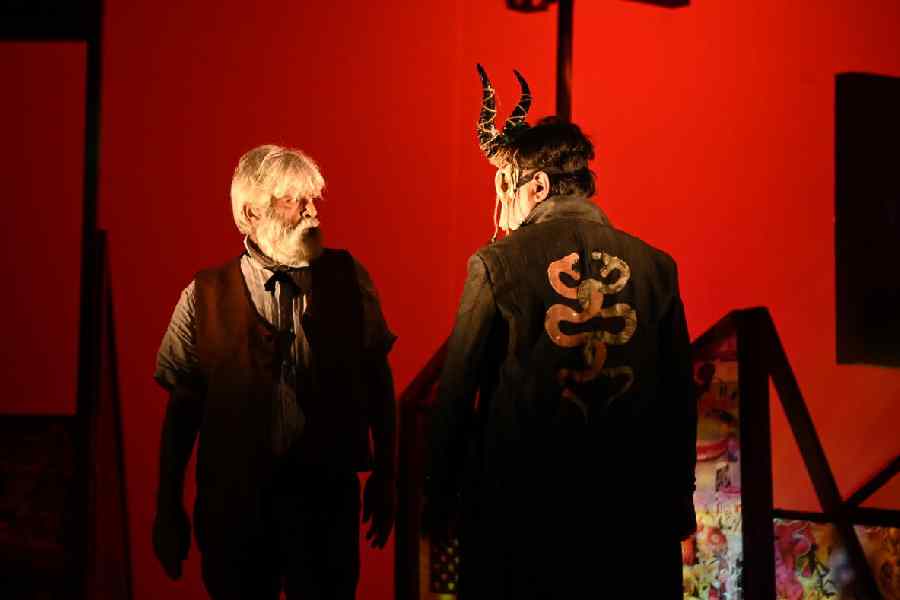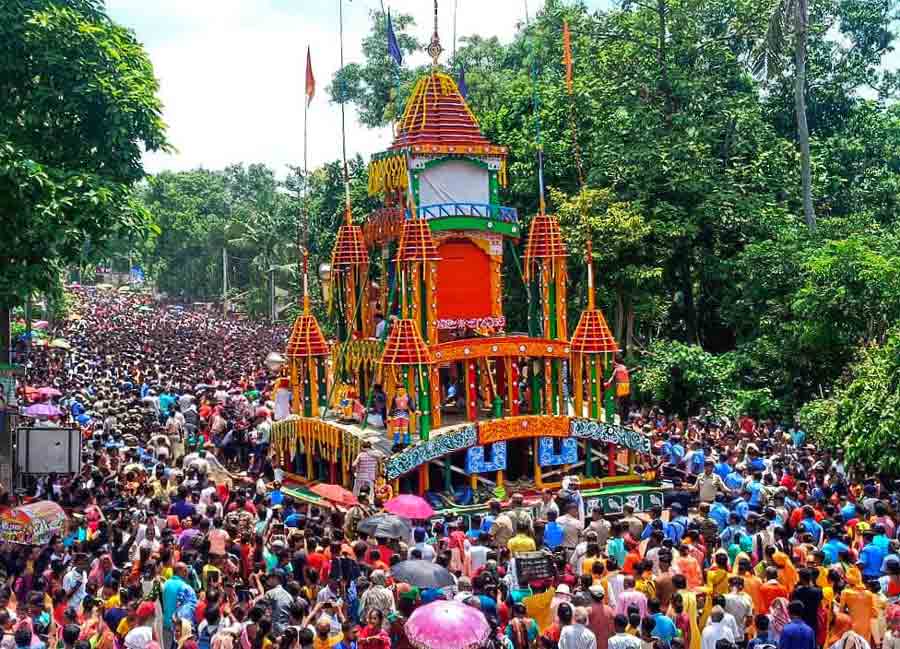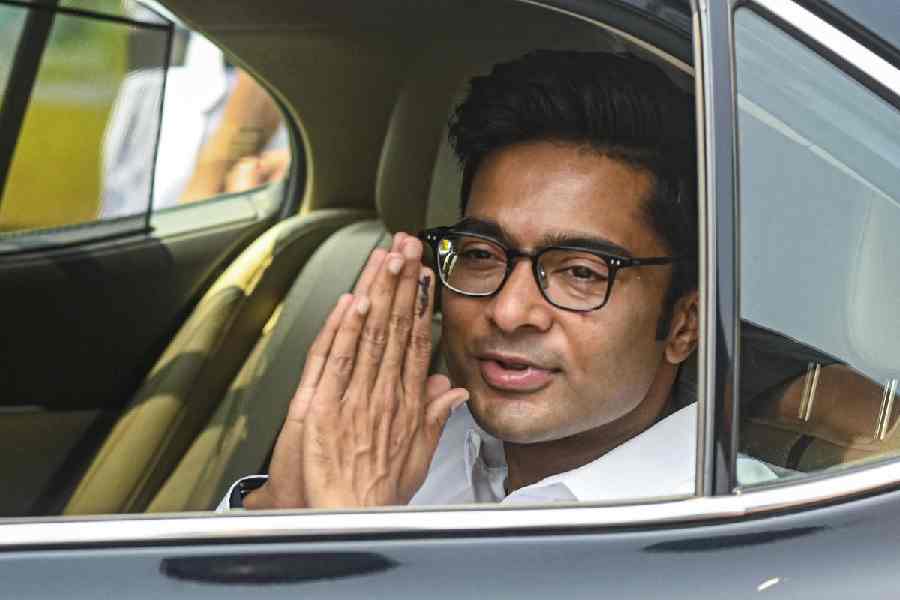|
|
The successful exertion by the government of India to stymie the auction in London of a letter written by Mahatma Gandhi has created quite a stir. The facts of the case are of great intrinsic interest: the letter was written by Gandhi — in the pre-dawn hours as was his wont — just two weeks before his assassination. As with much else that he did in the last months of his life, this letter was apiece with his strenuous efforts to maintain sanity in the capital city, witnessing a haemorrhaging of its Muslim population by death and flight; it was simultaneously a plea for linguistic and orthographic tolerance — a faint voice, but rising above the din, against “the malice and intolerance…of the opponents of the Urdu script”.
The Collected Works of Mahatma Gandhi reproduce a full paraphrase, but not an actual translation of the letter. Six hours later, at 11.30 am on January 18, 1948, a motley delegation led by the president of the Congress, and comprising the representatives of the Hindu Mahasabha, the Rashtriya Swayamsevak Sangh, the Jamiat-ul-Ulema, prominent Muslims of Delhi along with the city’s adminstrative officers, and the high commissioner of Pakistan, read out a seven-point declaration, written in Urdu and Devanagari scripts “at Gandhiji’s insistence”, to the fasting Mahatma at Birla House. “Muslims will be able to move about in Subzimandi, Karol Bagh, Paharganj and other localities just as they could in the past,” the signatories averred, bloodying the contours of the mohallas I drive through en route my son’s school. “We shall not object to the return to Delhi of Muslims who have migrated from here,” the pledge-takers solemnly affirmed, ending with an artless plea to “Mahatmaji to believe us and to give up his fast.” Gandhi believed them and accepted a glass of juice from Maulana Azad: he was so weak that what he told this small delegation had to be repeated aloud by Pyrelal and Sushila Nayyar.
There is then a heightened poignancy to everything that Gandhi said or wrote in the last month of his life, which seems to have been lost in laying claim to each and every piece of memorabilia associated with the Father of the Nation. Interesting facts have come to light: that Gandhi’s typist walked away with a box-full of his last-days’ letters, that this trove was spirited out of India, and some of the effects reclaimed by diligent diplomats in the recent past. Extracts from the letter have appeared in the press, with the news of its expected auction-price dwarfing the significance of its contents. Its newsworthiness seems to lie in the successful diplomatic pressure exerted by our high commission in London, and the willingness of the ministry of culture to rewrite the rules about government making bids at auctions, in the interest of national self-esteem: a reminder, that we have not forgotten Mahatma Gandhi — the greatest brand-ambassador for India (in the admen’s language) “that ever walked this earth”, in the words of Albert Einstein. The point, however, is not that we have forgotten “the greatest Indian teacher of all times”, as Professor Mohammad Habib called him in his presidential address to the Indian History Congress a month before the tees janvari assassination. It is that we no longer routinely commemorate him, as we did in the past.
For India’s midnight children, those born in a freshly-partitioned and free Hindustan, Gandhi and Nehru represented the two facets of adolescent, post-colonial pride. We knew from our text books that the young Gandhi had refused to cheat at school as his teacher had nudged-and-winked him to copy the correct spelling of ‘kettle’, so as to present the visiting inspector with a class of word-perfect spellers. We could almost hear the goat which kid Mohandas had consumed with a friend (to be like “the mighty Englishman/…Because being a meat-eater/ He is five cubits tall”), bleating normatively inside young Gandhi. We awaited with solemn, juvenile eagerness the two minute break from all scholarly activity at 11 am on Martyr’s Day — 30th January, when Gandhi was gunned down that evening at Tees-Janvari Marg in Lutyen’s Delhi.
But every subsequent national commemoration of the Father of the Nation rightly required that we remembered the Mahatma outside the disaggregated space of families huddled over an evening cup of tea. It must have been Nehru’s idea, that even if mildly anachronistic, individual Indians stand up in non-familial groups, wherever they were — at offices, schools, colleges, factories, not at 5.17 pm but at 11 am — in silent tribute to Mahatma Gandhi. A siren used to go off in the city to mark the duration of that two-minute commemoration, the only time that our individual watches were overtaken by the national time that the assassinated Bapu had forged into being. This routinized memorialization seems to have fallen through the empty time of our recent past: perhaps there is a file, signed by a relevant joint secretary, authorizing this lapse (with appropriate reasoning), but unlikely, as with so much of official paper, to be made available to a future historian.
Which brings me to the question of the updating of the Collected Works of Mahatma Gandhi, the CWMG as it is known to historians in the trade. The 100 volumes of the Collected Works, published between 1956 and 1994, are a mammoth product of post-independence historical scholarship. Between 1998 and 2001, unknown editors recast the original volumes, deleting a whole lot of speeches, even letters, “which did not seem to be authentic”; a new set and a CD were hurriedly pushed through by the National Democratic Alliance government. The gratuitous violence of this exercise by anonymous vandal-editors was highlighted by scholars like Tridip Suhrud, and it appears that the original set of volumes is being reprinted.
But that still calls for additions to the corpus of newly-discovered material, mostly in the shape of Gandhi’s speeches delivered in small towns, or at railway stations, specially during his triumphant tour in the winter of 1920-21. These were reported either in local newspapers, or scribbled in CID scrapbooks and printed in police reports. By what touchstone of authenticity are we going to exclude forever Gandhi’s speeches delivered in end-1920-early 1921 at centres of a powerful peasant movement in central Uttar Pradesh, or at the Chauri Chaura railway station, a year before that violent confrontation of February 4, 1922?
And would it not make sense for the State to spend some of the 150 crores of rupees earmarked for official commemoration of the ‘Freedom Struggle’, on publishing the 4000-odd depositions made by peasants to Gandhi’s lieutenants, including Babu Rajendra Prasad, detailing the oppression suffered in the dehats of indigo planters in Champaran district of north Bihar? For just as his deftly defiant letters to the Champaran officials allow us to study up close the very making of Gandhi-in-India, it is the peasants’ eagerness in deposing before his unofficial inquiry that went into the making of both that famous satyagraha and of Mahatma Gandhi himself.
In this gala year of anniversaries, the peasants of 1917 North Bihar need not remain forever “the anonymous masses” who also ran for Our Freedom. True, their humble petitions, were these to reach Christie’s, would not create an auctioner’s stir, as did recently that letter of Gandhi. But Champaran, April 1917 and Delhi, January 1948 are not that far apart in space and time, as the auction market in London may suggest at first sight.



